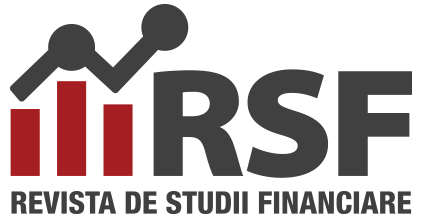Author: Roxana Elena Lepădatu
Vol. 9 • No. 17 • 2024
Abstract
The European Commission (EC) has been steadily introducing financial instruments either managed directly by the Commission or through shared management. There has been a growing desire among member states to move away from the traditional purely grant-based approach towards providing a proportion of their programme allocations for the implementation of financial instruments.
Using Romania as a case study, this paper aims to examine the evolution of financial instruments financed from EU funds in Romania, with the purpose of establishing their trend and effectiveness. It incorporates the presentation of all financial instruments starting from accession and finishing off with the current financial period (2021-2027). The paper also tackles the results of the ex-ante analysis and the financing gap that needs to be covered in order to make Romanian enterprises competitive in the Single Market. Preliminary results seem to confirm that there is a growing appetite for repayable financing by SMEs which has been noticed by central authorities. Furthermore, the paper makes a brief presentation of the results achieved through the implementation of refundable financing, by programme and type of instrument. It is well known that tailor made, innovative financial instruments can be a driving force for economic development and can ensure a place for Romanian start-ups and enterprises on the single market.
Keywords: Financial instruments, European funds, national and regional programmes, competitiveness, SMEs, social economy.
JEL Classification: G23, H59, G24, G28.
DOI: 10.55654/JFS.2024.9.17.13
